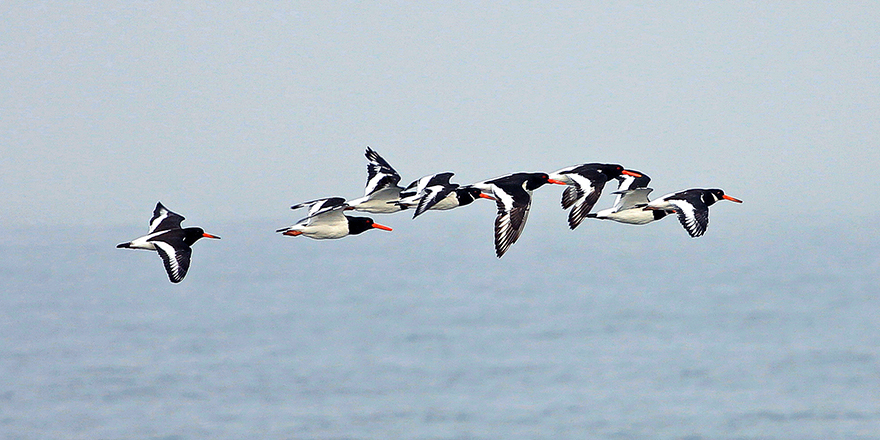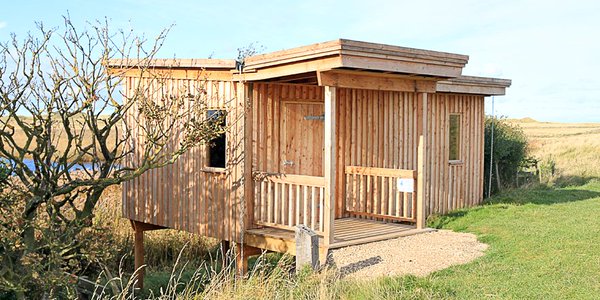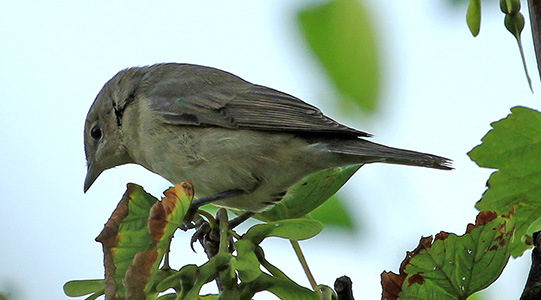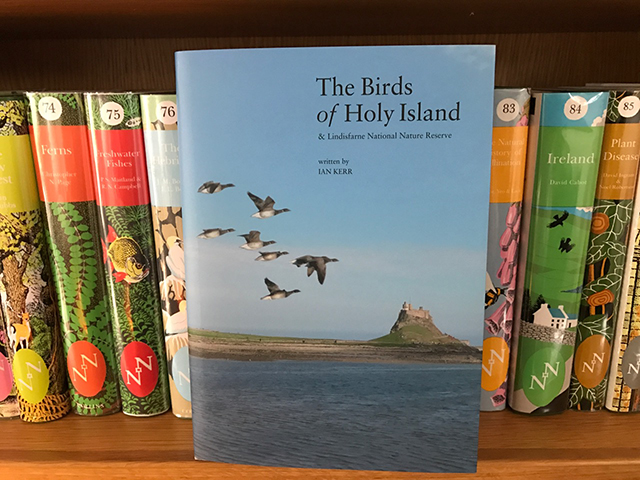A Northumberleand Island rich in wildlife
Holy Island which is part of the Lindisfarne National Nature Reserve is a beautiful site to visit, with amazing panoramic views and fresh coastal air. Holy Island is considered to be one of the ‘best birdwatching sites in Northumberland’, with a large range of resident and visiting birds throughout the year.

The site is also a popular tourist destination so it can be very busy at times. The island itself can only be accessed during low tides, so care is recommended and visitors are asked to check safe crossings times, prior to every visit. There is a paid car park available just before you enter the main part of the island itself.
There is lots to explore on the island and there are a number of distinct areas.
Oystercatchers

One of which is known as ‘The Lough‘ which can be found beyond Lindisfarne Castle and before Emmanuel Head and it’s famous stone pyramid. A new hide has recently been provided to replace a long-standing, familiar hide that was damaged in a storm. The new hide provides stunning views of the Lough all year round. A good selection of wildfowl can be found on the freshwater all year round.

During the spring/autumn birders can be seen along the ‘Straight Lonnen‘, which is a hotspot for migrants/vagrants which in 2016 included Red-backed and Great Grey Shrikes, Red-breasted Flycatcher and much more.
Snipe Point‘ , ‘Coves Haven‘ and Emmanuel Head can be a great spot for some Seawatching from which Skua’s and Shearwaters can be seen easily at times with a telescope.
The ‘Rocket Field‘ is a popular destination for waders, which in recent years have included Temminck’s Stint.
At times Glaucous and Iceland Gulls have been found visiting the ‘The Harbour’, whilst the nearby ‘St Cuthberts Island’ usually hosts roasting waders during high tide.
Holy Island boasts an impressive list of rarities over the years, with 2016 proving to be a particularly good year. Highlights included Whites Thrush, Thrush Nightingale, Pallas’s Warbler and Isabeline Shrike, Isabelle Wheatear and Western Subalpine Warbler.
A Garden Warbler

During the winters months, thousands of Brent and Barnacle Geese can be found along the Lindisfarne Nature Reserve. The reserve also attracts a wide variety of waders and in large numbers. You can also find Roe Deer; and Grey Seals can be seen offshore.
The Birds of Holy Island by Ian Kerr – Updated 2017
This book is a great companion for anyone planing a visit to Holy Island. It showcases, the extensive variety of birds, that have been recorded. Many more have since visited Holy Island, and an updated list can be sourced. This new edition looks fabulous in any birders library and is defiantly worth the money. It is available to purchase on the island, for a small fee.

County
Northumberland
Map Reference
NU 130 430
Habitats
- Coastal
- Intertidal mudflats
- Sand Dunes
- Salt Marshes
- Fresh Water Lough
- Grassland
Access
Holy Island is a tidal island, which is accessible by a causeway, which is covered by the sea twice over a 24 hour period.
Click here for safe crossing times
Facilities
There are toilets, cafes/restaurants and shops present on the island.
Parking
There is paid parking available.
Additional Information
The Holy Islanders’ web site has information on heritage, the Community and for those visiting the Island.








